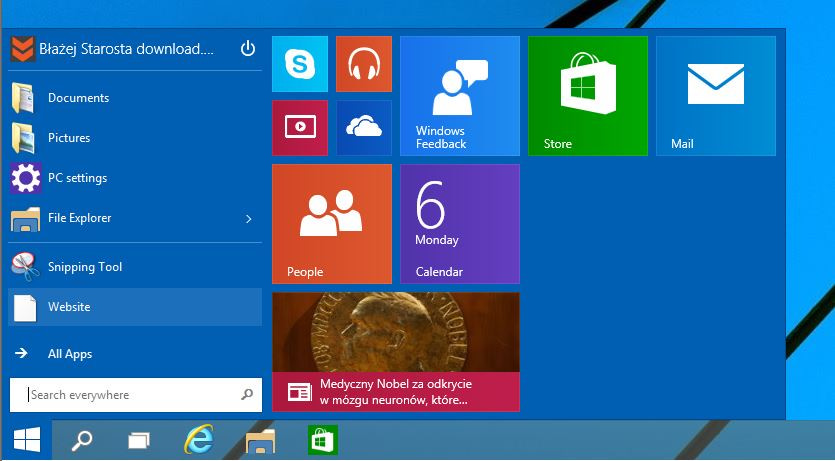 NEWS
NEWS
 NEWS
NEWS
 NEWS
NEWS
Microsoft Corp. announced that its Windows 10 operating system had been installed on 300 million machines Thursday, an achievement that surpassed the install rate of Windows 7 by six months.
Chief Executive Officer Satya Nadella made the announcement at Microsoft’s Build 2016 developer conference, adding that Windows 10 is the “fastest growing version of Windows for both consumers and enterprises.”
According to numbers calculated by VentureBeat, Windows 7 took 462 days (between October 22, 2009, and January 27, 2011), to hit 300 million, while Windows 10 took 281 days (between July 29, 2015, and May 5, 2016), meaning that Windows 10 achieved the milestone in 181 fewer days, or about six months less.
Additional numbers provided by Microsoft’s Corporate Vice President Windows and Devices Group Yusuf Mehdi also showed that the rapid growth of Windows 10 is also driving growth across a range of associated products, including 63 billion minutes being spent on Microsoft’s Edge browser in March; Microsoft’s artificial intelligence-based digital assistant has now answered over 6 billion questions; gameplay on Windows 10 has now surpassed 9 billion hours, and more than 144 million people are now using Microsoft’s Photo app.
The announcement of the startling growth figures for Windows 10 was coupled with an announcement everyone knew was coming: upgrades will no longer be free after July 29.
If you’ve not downloaded the upgrade yet, which, given how much Microsoft has pushed it would make you a rare individual, but want to after this date, the price you’ll have to pay is $119.
While it would be fair to make glib remarks given Microsoft’s not so subtle attempts to get people to update, that alone is not the only reason for the new operating system’s popularity.
Where Windows 10 differs from its predecessors is that it’s more of a service platform than a traditional operating system, to the point that Microsoft itself has described it as the “last version of Windows.”
Windows as a service sees Windows 10 as a constantly updating and evolving platform, a base upon which Microsoft will apply its shiniest and greatest new tools and toys; its most recent update in April saw the digital assistant Cortana becoming far more useful, including the still remarkable (given the history) inclusion of Ubuntu Bash support.
It may well be that Windows 10 isn’t the last version of Windows, but for the foreseeable future it will be, and the install numbers speak volumes to how well Microsoft’s Windows as a service strategy is working.
THANK YOU